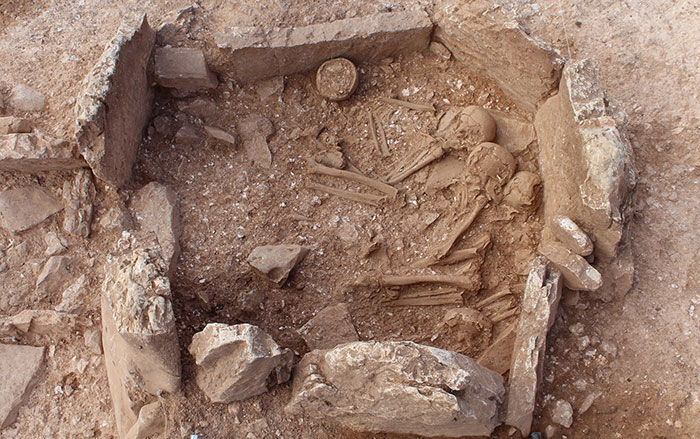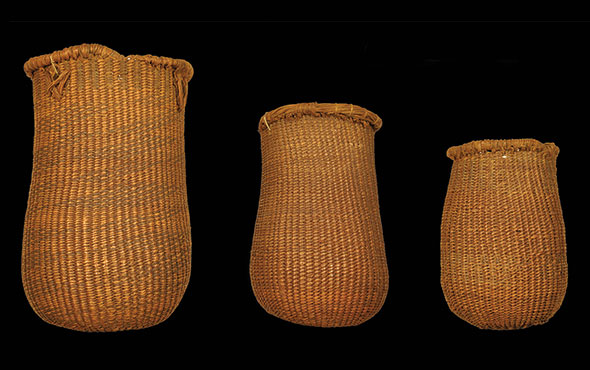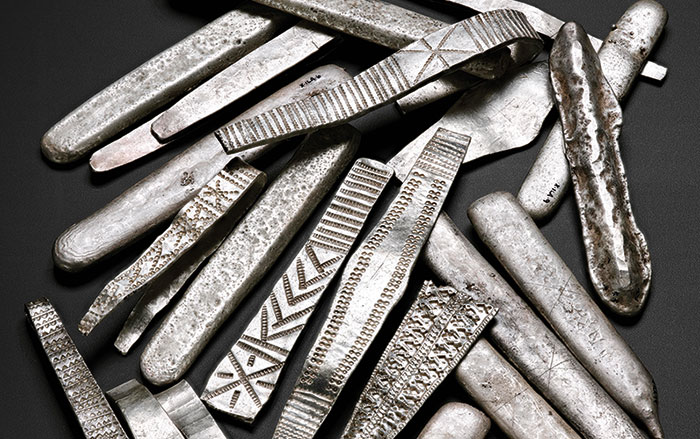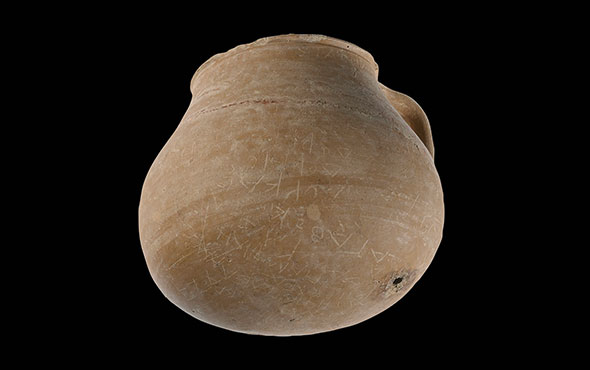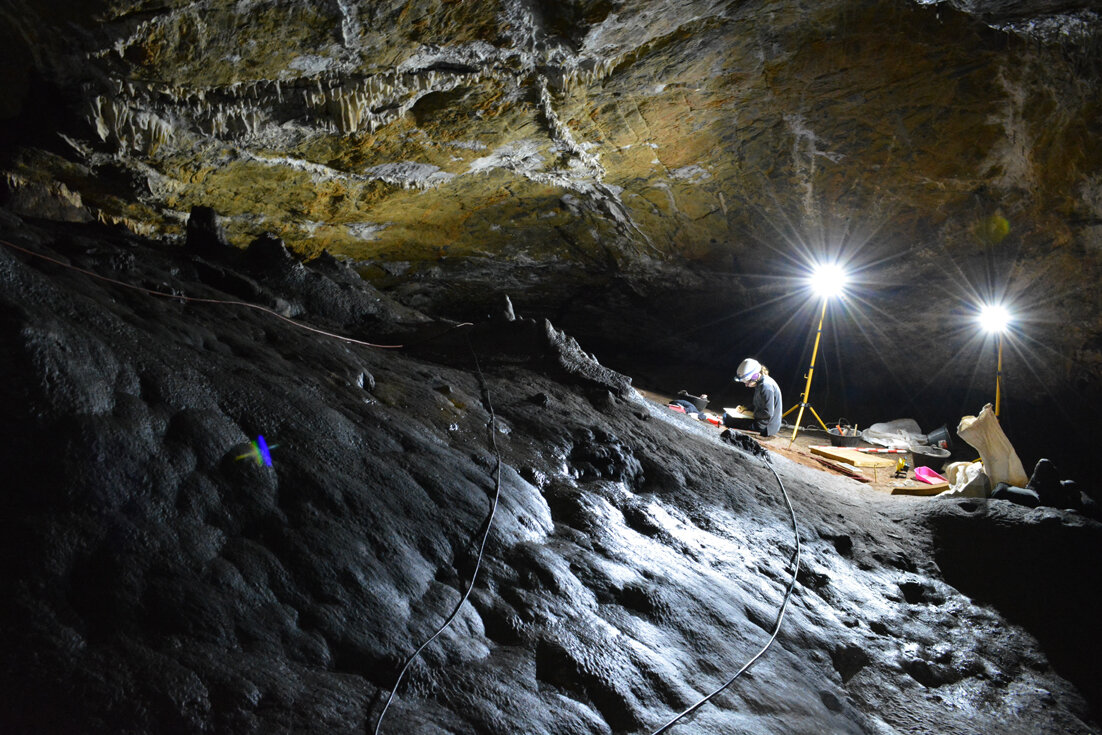
MÁLAGA, SPAIN—Cosmos Magazine reports that a review of artifacts and more than 50 new dates obtained from the layers of southern Spain’s Cueva de Ardales indicates that the cave was not used as a campsite, but was periodically visited for the creation of rock art and the burial of the dead from the Palaeolithic period through the Neolithic period. The international team of researchers, led by José Ramos-Muñoz of the University of Cadiz, suggests that the cave was probably first used by Neanderthals more than 65,000 years ago. The oldest artworks in the cave, including dots, finger tips, and hand stencils made with red pigment, have been dated to more than 58,000 years ago. Modern humans then used the cave some 35,000 years ago, after the disappearance of the Neanderthals some 40,000 years ago. Burials dated to the end of the last Ice Age, some 12,000 years ago, were also unearthed. Modern humans continued to use the site sporadically until about 7,000 years ago, the researchers concluded. For more on Neanderthal finds from Spanish caves, go to "Neanderthal Medicine Chest," one of ARCHAEOLOGY's Top 10 Discoveries of 2012.


